Description
Montdorensis (Typhlodromips montdorensis) are Australian predatory mites that feed on small insects, mites, pollen and honeydew. They have proven to be very effective biocontrol agents in many crops and are now used internationally. Montdorensis prey on the eggs and juvenile stages of thrips and whitefly, making them ideal for preventative control of these pests. They also offer strong secondary suppression of spider mites, broad mite and russet mites.
Montdorensis are small (<1 mm), pale, pear-shaped mites. The eggs are clear and oval. They are laid on the underside of leaves (often on hairs), under the calyx of fruit and sepals of flowers and in other protected areas. At 25°C Montdorensis take 6-7 days to complete their lifecycle. A female mite kills an average of 14 thrips larvae per day.
Download our Montdorensis tech sheet
Target pests
Montdorensis are primarily used to control thrips and whitefly. They also provide secondary suppression of other pests including spider mites, broad mite and russet mites. Key target pests include:
- Western flower thrips
- Onion thrips
- Tomato thrips
- Melon thrips
- Greenhouse whitefly
- Silverleaf whitefly
Advantages
- Rapid population growth in crops with pollen
- Feed on a range of pests
- Survive at low prey densities
- Can be introduced preventatively
Suitable crop environments
Montdorensis have been used successfully in many protected crops including cannabis, capsicums, eggplants, cucumbers, strawberries and cut-flowers. They can also be used in non- protected crops, provided temperatures do not remain below 10°C for extended periods. Montdorensis predatory mites are also suitable for release onto indoor plants.
They prefer warm conditions and their activity ceases below 11°C. Adults can tolerate 45°C in greenhouses but eggs and younger stages perish at this extreme. The optimum temperature range is 20-30°C. Short winter days and cool nights will not induce hibernation. As long as the mean daily temperature is warm, this predator will keep working all year round.
Release rates
Release rates will vary depending on the crop and level of infestation. The table below is only a guide – contact us for specific recommendations.
| Situation | Release rate (per release) | No. of releases | Interval between releases |
| Preventative | 10-25 mites/m2 | 3 | 2 weeks |
| Curative | 50-100 mites/m2 | as required | 1-2 weeks |
| Hotspot treatment | 100-200 mites/m2 | as required | 1-2 weeks |
Unlike chemicals, when it comes to beneficials, more is always better. However, they are costly to produce and our goal is to achieve the best results at minimal expense. There are many factors to consider, including the value of the crop, the severity of the pest outbreak and the activity (or otherwise) of naturally occurring beneficial species.
As a general rule, 2-3 releases of modest numbers is better than a single large release. This reduces risk, improves establishment and accelerates the development of multiple overlapping generations. In most cases our releases are inoculative and we anticipate that our beneficials will establish and breed up within the crop to give long term control. An ongoing regular release program may be warranted in dynamic environments where plants are moved regularly or other influences (e.g. fungicides) adversely impact predators.
When to release
Montdorensis are best used early in crop/pest cycle to prevent whitefly and thrips buildup. Use sticky traps to detect adult thrips and whitefly and begin Montdorensis releases at the first sign of these pests. In crops where pollen is abundant, best results are achieved when Montdorensis are released preventatively from the onset of flowering.
Complementary thrips biocontrol agents include Orius predatory bugs (which feed on all stages of thrips) and Hypoaspis soil-dwelling predatory mites (which kill thrips pupae at ground level). Complementary whitefly biocontrol agents include the parasitoid wasps Eretmocerus hayati (for silverleaf whitefly) and Encarsia formosa (for greenhouse whitefly).
How to release
Before release, check prior history of chemical applications to ensure toxic residues are no longer present. See notes on chemical use below.
Montdorensis are mixed with vermiculite and packed in cardboard tubes. They should be released as soon as possible after delivery. If necessary, tubes can be stored (on their side) for up to 3 days at 10-18°C. After cool storage mites will initially be slow moving and hard to detect.
Roll the tubes gently before release to distribute mites evenly. Remove the end cap, take away the breathable cloth and replace the cap to use as a shaker. Distribute the contents of each tube over foliage (ideally near flowers). During release keep an eye out for pest hotspots and be prepared to place additional mites in these areas.
After release
Montdorensis will be difficult to find for a week or so after introduction. They disperse quickly in search of food. Mark a few places where Montdorensis were released, especially those with good numbers of pests. These sites can be checked regularly to assess pest numbers and establishment of predatory mites. Look for Montdorensis eggs, as this is a good early sign of predator establishment. Initially pest numbers may continue to increase, while Montdorensis establishes.
Cultural practices to aid establishment
- Minimise dust and ensure plants are well watered and in good health to provide optimal conditions at the plant surface where the mites are active
- Relative humidity of 70% or more is needed for a high egg hatch rate – in crops with a full canopy this is not a problem, but if plants are small or conditions are exceptionally dry, misting or watering down paths and under benches will improve establishment
- Use companion plants that increase availability of pollen to improve establishment and sustain populations of Montdorensis
- Adding Nutrimite pollen directly to the foliage of indoor crops can be a valuable tool for enhancing populations of Montdorensis mites when pest levels are low or anytime a boost in numbers is required.
- Use flowering trap crops (e.g. alyssum) to attract thrips and support Montdorensis
- Avoid application of pesticides for at least three days after release if possible
- Weed management and screening (in protected crops) should be used to reduce the number of adult thrips and whitefly entering the crop
Chemical use
While some pesticides are not harmful to predatory mites, many are directly toxic or have sublethal effects. These can prevent predators from establishing and/or reduce their efficacy.
If pesticides are required, always check for side-effects and select products that are least harmful to Montdorensis and other key beneficials in your IPM program. Consult the Koppert side effects app for information about the effects of pesticides on Montdorensis (note that this species is referred to as Transeius montdorensis by Koppert).
Some insecticides (e.g. synthetic pyrethroids, organophosphates and neonicotinoids) can have residual toxicity that affects Montdorensis for many weeks. Fungicides generally have low toxicity to predatory mites, however some (e.g. mancozeb and chlorothalonil) are highly disruptive.
Montdorensis in action
This video shows an adult Montdorensis predatory mite feeding on immature western flower thrips.
Additional information
This Syngenta press release shows just how excited they are about the release of monties in Europe.
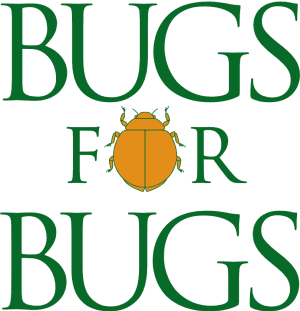
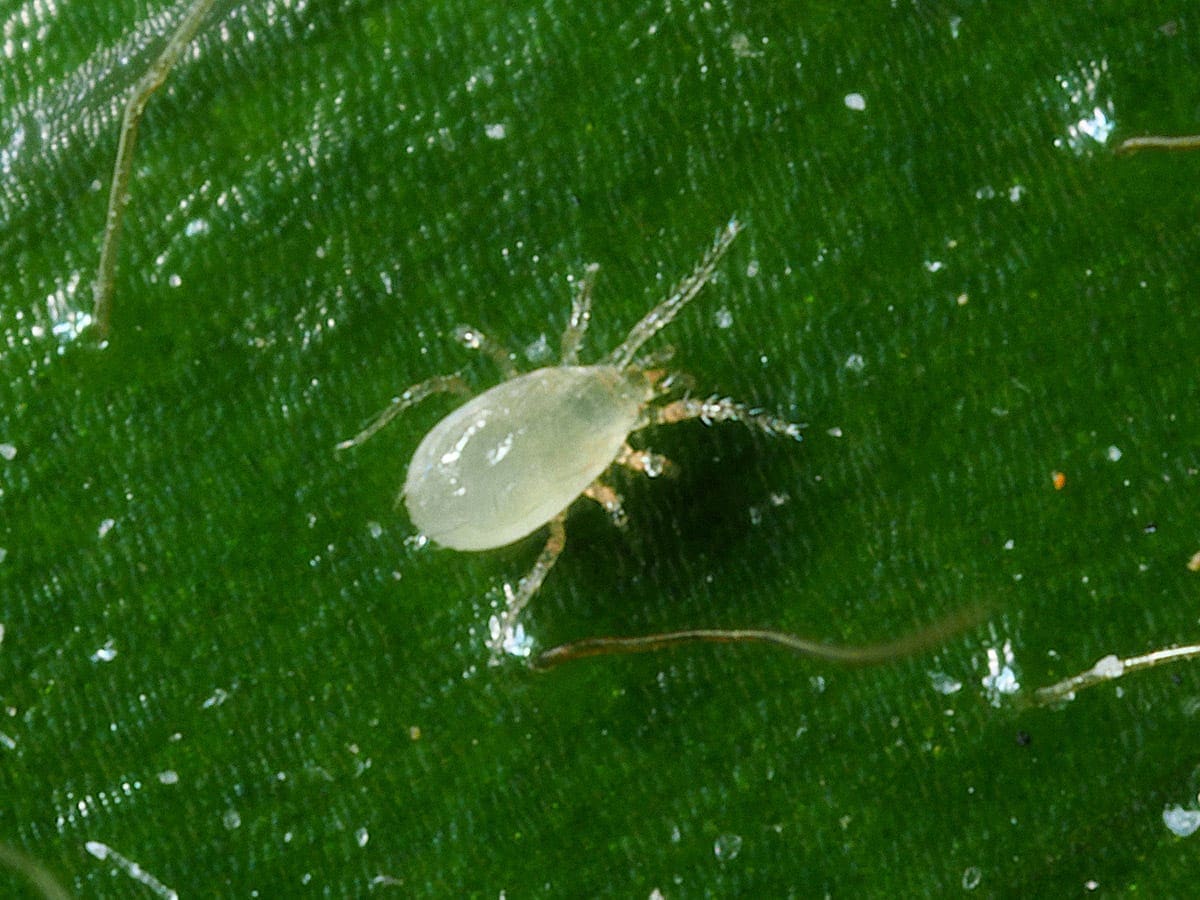
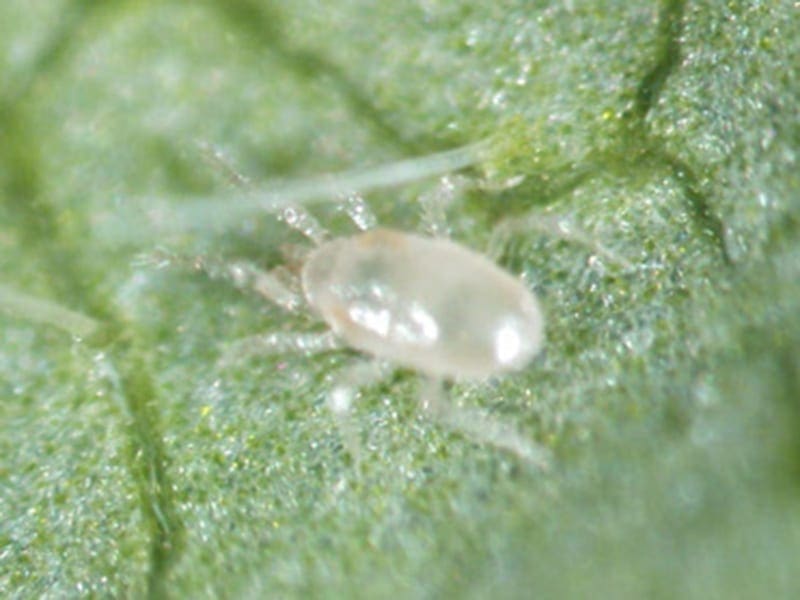

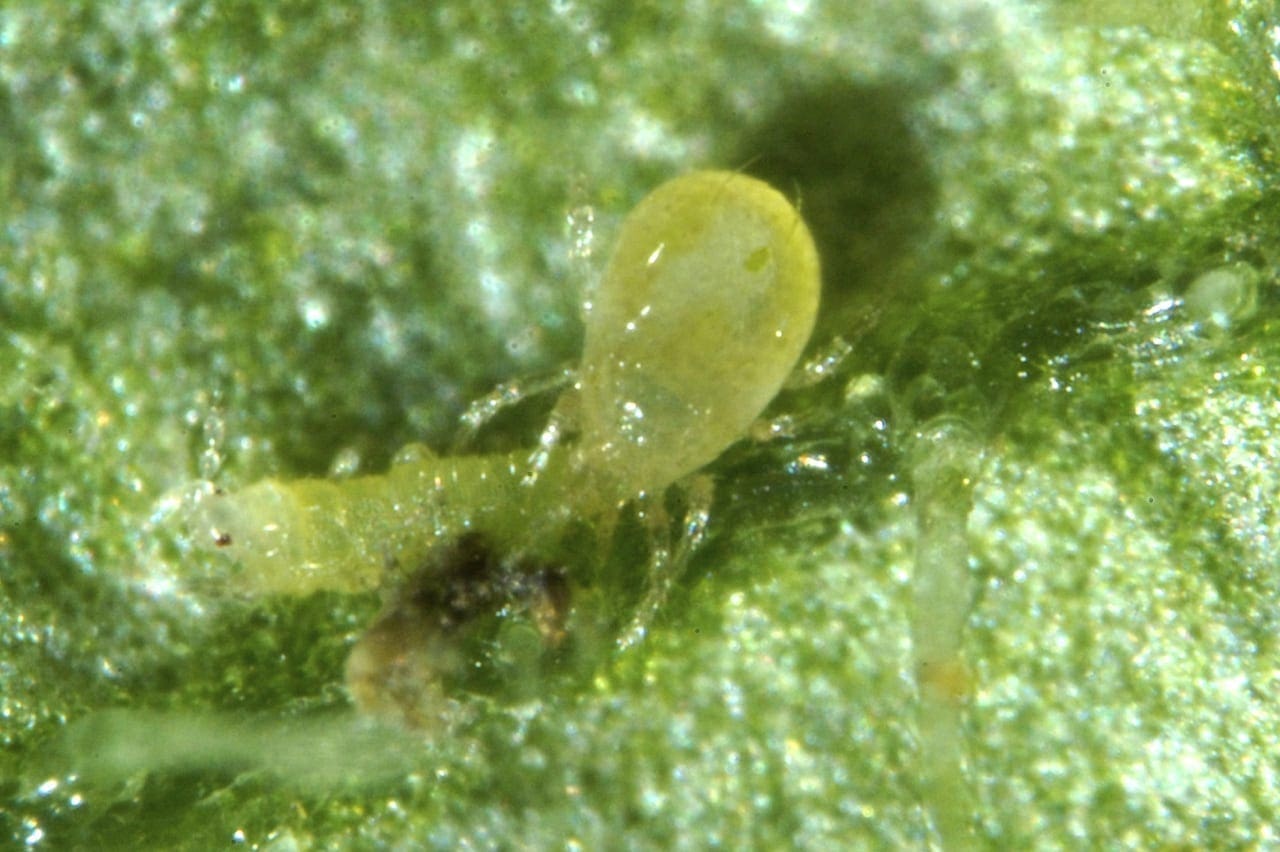

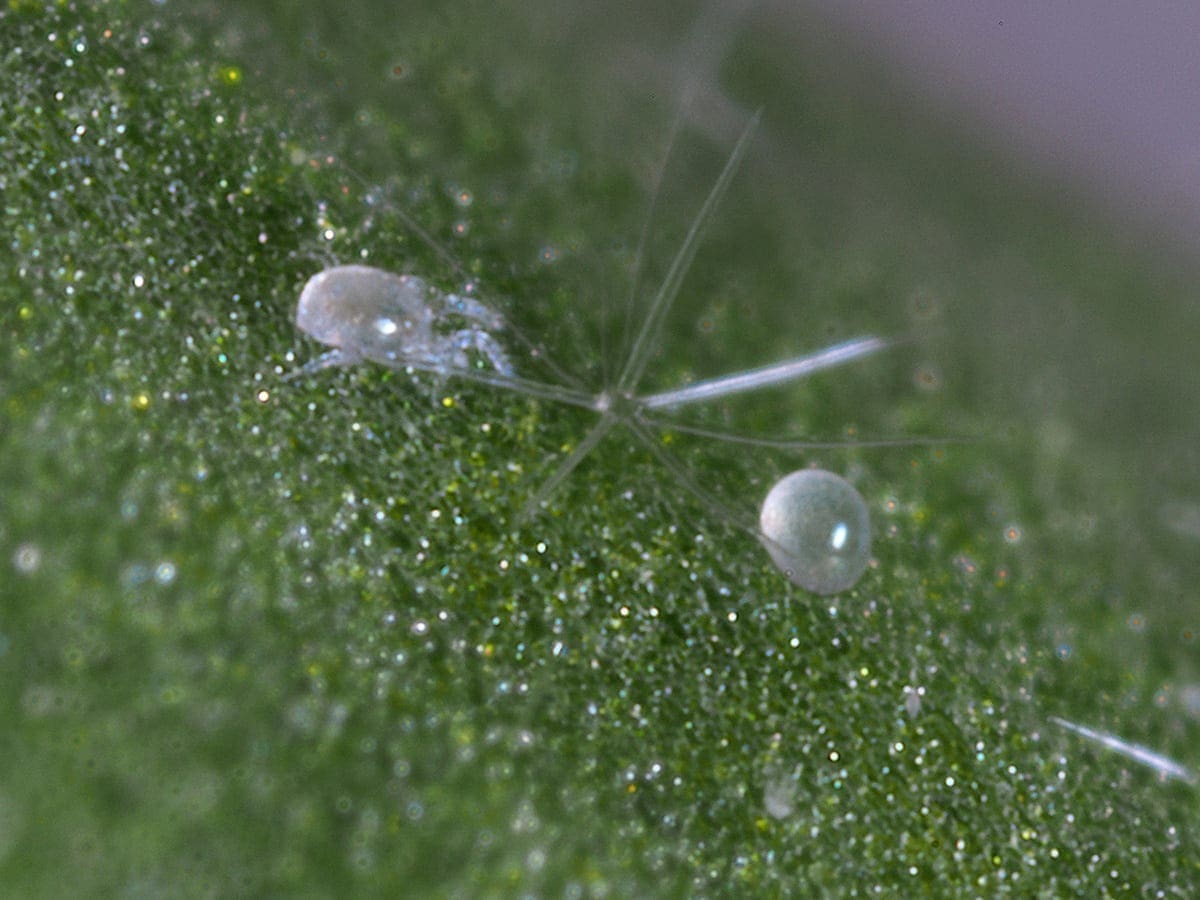





 See disclaimer
See disclaimer



Minh Tri (verified owner) –
I love these native predatory mites. I could see them working hard on controlling whiteflies and even spider mites.
jezblieschke (verified owner) –
These guys cleaned up an infestation of thrips within a couple of weeks. Will definately be using them for insect control duties in the future. Very happy.
stuart.sb (verified owner) –
For my outdoor plants, this has been great to see their numbers remain active to pick off things like thrip eggs and any left over mites that tried to come back after the persimilis left.
garethhandy (verified owner) –
Grow whitefly infestation to almost none at all in a week, these things are fantastic.
Admittedly the tube of 10,000 may have been overkill for my back yard veggie patch and raised bed, however the results are wonderful!
Balance is restored to the patch
garethhandy (verified owner) –
From whitefly infestation to almost none at all in a week, these things are fantastic.
Admittedly the tube of 10,000 may have been overkill for my back yard veggie patch and raised bed, however the results are wonderful!
Balance is restored to the patch